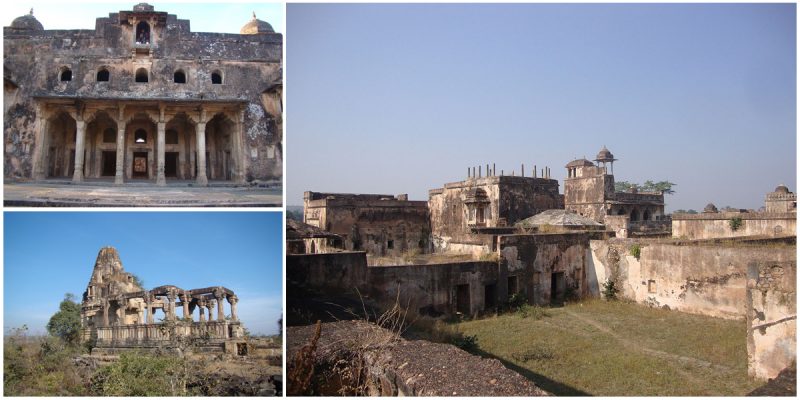Rohtasgarh Fort is one of the ancient forts of India which is considered to be one of the largest and strongest hill forts in the country.
It is located in a small town of Rohtas in Bihar, and it is situated on the top of the Kaimur Hills, on the banks of the river Sone. The Kaimur Hills are 1500 meters high, and visitors often have difficulties when they try to reach the top. There are 2000 limestone steps, and at their end, one reaches the boundary wall of the fort. From here, there is another mile that people have to walk to reach the ruins of Rohtasgarh.
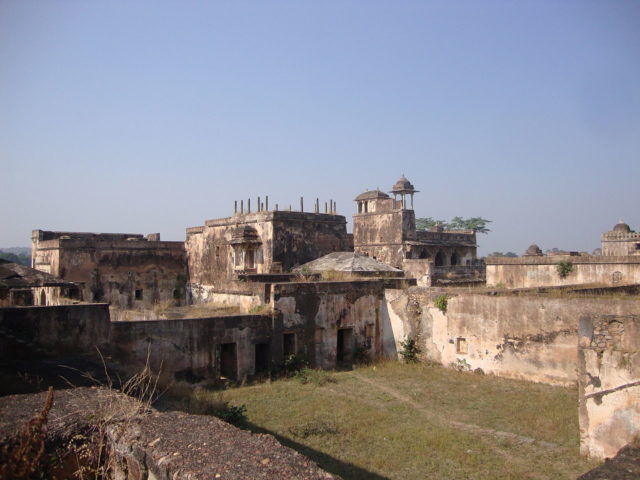
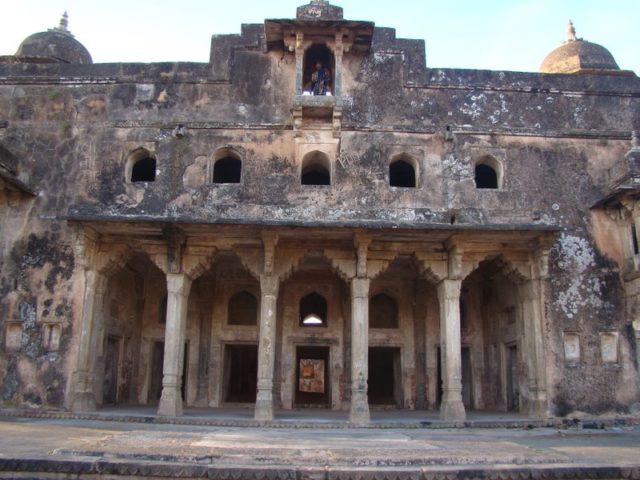
The fort got its name from the mythological character Rohitashwa, the son of King Harischandra who stayed here for several years because his life was in danger. The history of Rohtasgarh is very long, and there is no record of the exact date of the building. The earliest monuments date back to the 7th century AD during the reign of King Sashanka. Another fact is an inscription from 1223 CE suggesting that the fort was owned by Shri Pratapa.
However, through the centuries, the fort served as a safe shelter for treasures and families of Sher Shan Suri, Shah Jahan, Mir Qasim and others. In 1539, the fort became the most prominent place after it was captured by Sher Shah Suri from a Hindu King. During his reign, the fort was guarded by ten 000-armed men, and a Jama Masjid was built, lying to the west of the fort by one of Sher Shah’s soldiers, Haibat Khan.
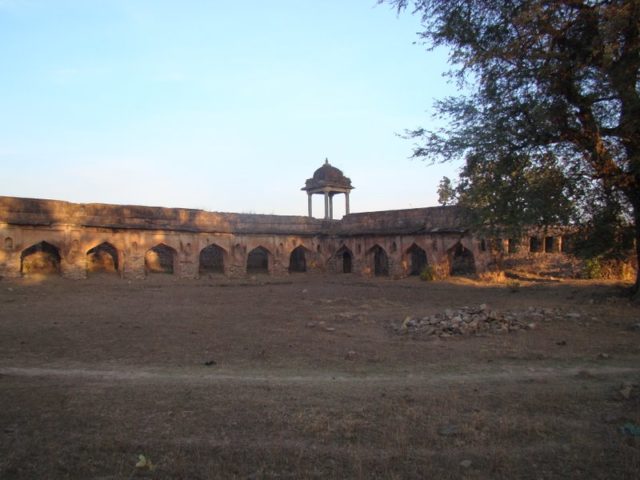
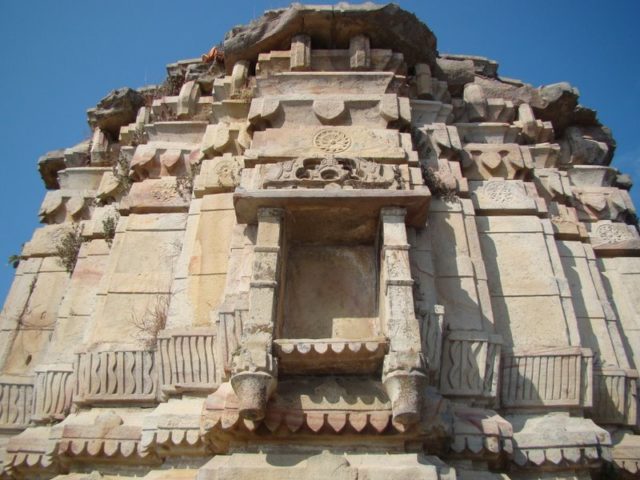
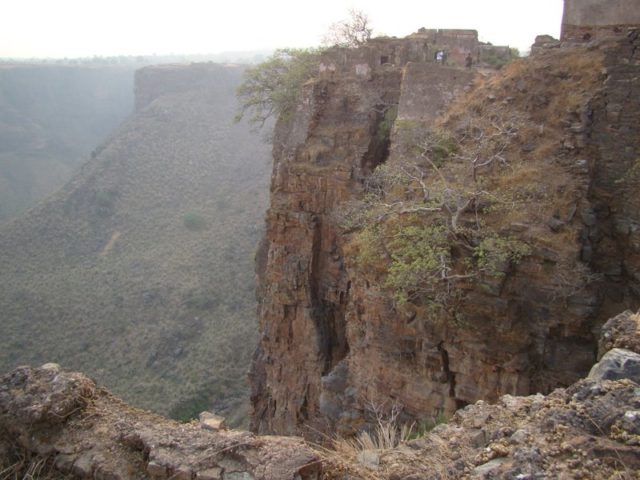
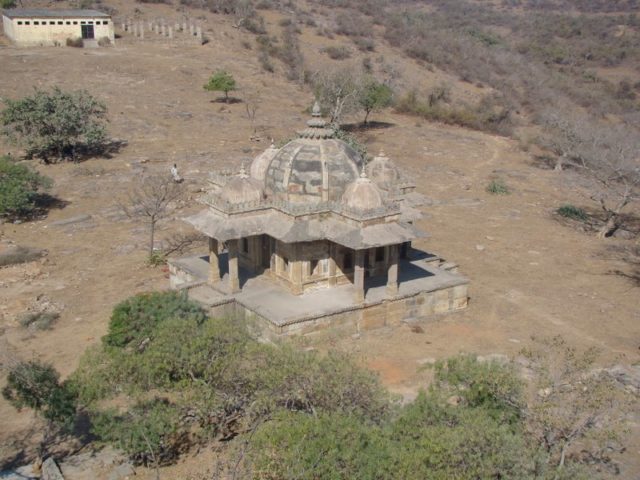
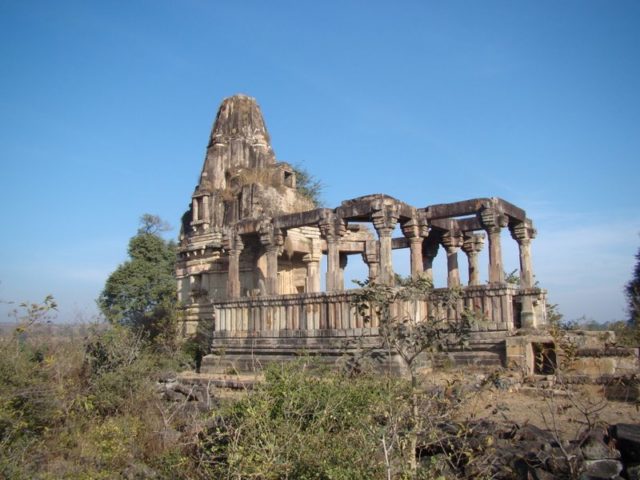
In 1539 AD, the Akbar’s Hindu General, Raja Man Singh, built a palace for himself in the complex. He also made a beautiful garden in Persian style, cleared up the ponds and renovated the fort. After his death, the fort was under the jurisdiction of the office of the emperor’s wazir, and from there all the governors were appointed. During the reign of Shah Jahan, his son, Prince Khurram took refuge at Rohtas because he was mad at his father.
The keys of the fort were handed to him, and during his life, he often came to the fort for safety. In the 17th century, the fort was used as a detention camp by Aurangzeb. In the Battle of Udhwa Nala, Mir Qasim who was the Nawab of Bihar and Bengal lost the war to the British and escaped in Rohtas in 1763 AD. During the next century, the fort was at peace which broke in 1857 at the time of the First War of Independence when the Indians were over cammed by the British.
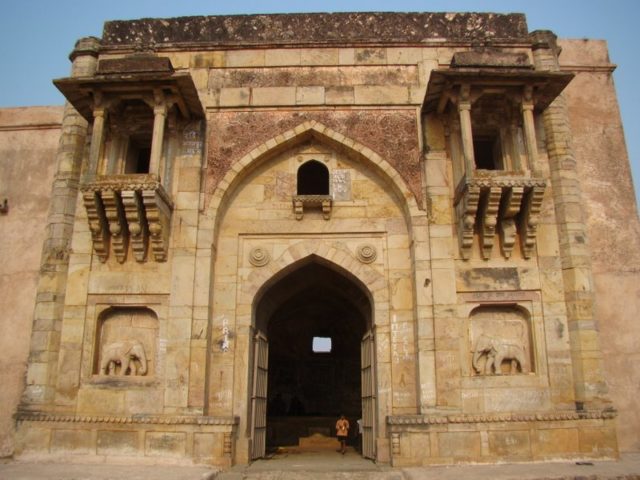
The most visited places in the complex are the Hathiya Pol and Elephant Gate, the Aina Mahal, Jama Masjid and Habsh Khan’s mausoleum, the Ganesh Temple, The Hanging House, and the Rohtasan and Devi temples.
The fort is located in the Naxalite area and is not very safe for tourists, so there are restrictions which limit the entrance. The complex can be visited only in a day time and in large groups.
